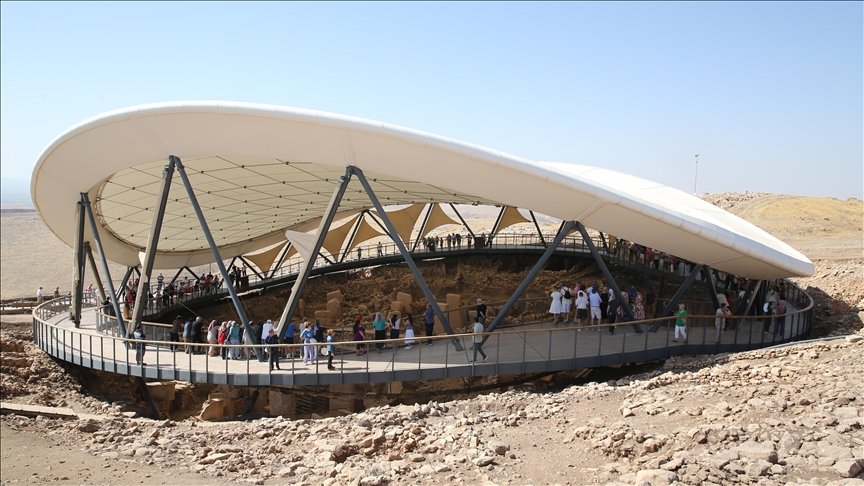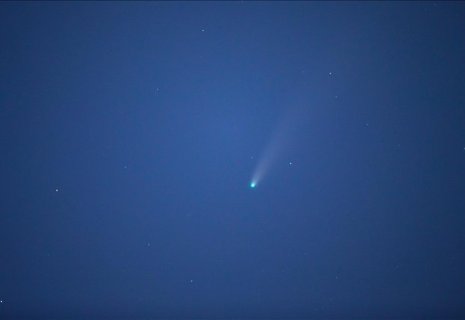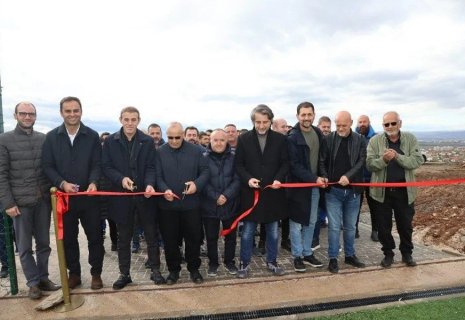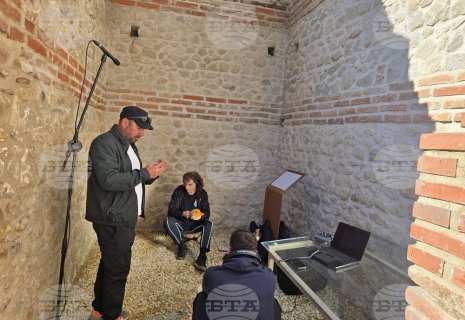
Anatolia seen as cultural bridge from Mesopotamia to Greece
Responding in writing to questions from an AA correspondent about the foundation’s new findings—presented in the report titled “A 4,200-year-old silver cup reveals the world’s oldest image of the cosmos”—Zangger emphasized the importance of Türkiye and Anatolia for archaeological research.
Zangger noted that throughout human history many cultures developed myths and beliefs about the creation of the universe, saying: “The earliest known written sources, including Sumerian cuneiform tablets dated to around 2600 BC, describe how the gods separated heaven and earth to establish order in the universe and set the world into motion.”
Referring to a silver cup found in Ain Samiya, in Palestinian territory—featured in the latest report of the Luwian Studies Foundation—Zangger said that it dates back to the 23rd century BC and is known as the world’s oldest cup, CE Report quotes Anadolu Agency.
“This discovery is important because, for the first time, it allows us to connect previously isolated and mysterious artifacts into one coherent picture. We can now trace how certain motifs expressing humanity’s efforts to understand the origins of the world were transmitted across vast regions over time, shaping cultural traditions from Mesopotamia to Southeast Europe,” he said.
Touching on claims that the symbols on the cup may trace back to Göbeklitepe and 11,600 years ago, Zangger added: “To be clear, we don’t know this yet. Even for us as scientists, it is surprising to see certain iconographic elements on a 4,200-year-old silver cup also appearing in Göbeklitepe, which dates back 11,600 years. One of archaeology’s major challenges is to fill this large chronological gap between Göbeklitepe’s Pre-Pottery Neolithic period and Troy’s Bronze Age using new discoveries and better contextual understanding.”
Zangger said that while early Neolithic settlements in Southeastern Anatolia—dating between 10,000 and 6,000 BC—and famous sites such as Çatalhöyük and Hacılar are known, existing evidence is still insufficient to fully trace the uninterrupted transmission of ideas from that period.
“We are just at the beginning of uncovering Anatolia’s true role in the history of ideas”
Zangger said that the Lidar Höyük prism—published for the first time in this report and found near Şanlıurfa—is extremely valuable, completing a crucial link in their thesis about the circulation of symbols and ideas from Mesopotamia to Southeastern Anatolia and the Levant.
He emphasized that Anatolia is extraordinarily rich in early Neolithic settlements, noting that many of humanity’s earliest achievements—such as agriculture, animal husbandry, and village life—originated there.
Pointing to a similar pattern in celestial symbolism, Zangger said: “Archaeoastronomy research has been carried out for decades worldwide, yet Anatolia long remained a blank spot on the map. Our research over the past 10 years has shown that this region served as both a geographical and chronological bridge for the transmission of iconographic and religious ideas from Sumerian Mesopotamia to classical Greece. We are only at the beginning of uncovering Anatolia’s true role in the history of ideas.”
He added that after conducting archaeological research in various Eastern Mediterranean countries for nearly 20 years, he visited sites in Türkiye on his own initiative.
“Türkiye is truly a paradise for archaeology”
“The number, size, and level of preservation of archaeological sites in Türkiye deeply impressed me—and still do. Türkiye is truly a paradise for archaeology. This applies not only to well-known Greek and Roman settlements but equally to the indigenous Anatolian cultures of the Bronze Age. The potential for discoveries here is enormous,” Zangger said.
He stated that they are currently focusing on projects where meaningful results can be achieved with relatively modest efforts, but much more remains to be explored.
Zangger noted that surprisingly little is still known about the early indigenous cultures of Anatolia, highlighting that this region remains “a kind of void” on the prehistoric map.
He added that although textbooks usually focus on the Late Bronze Age Hittite and Mycenaean civilizations, this narrow perspective leaves many of the major questions of Mediterranean archaeology unanswered.
























